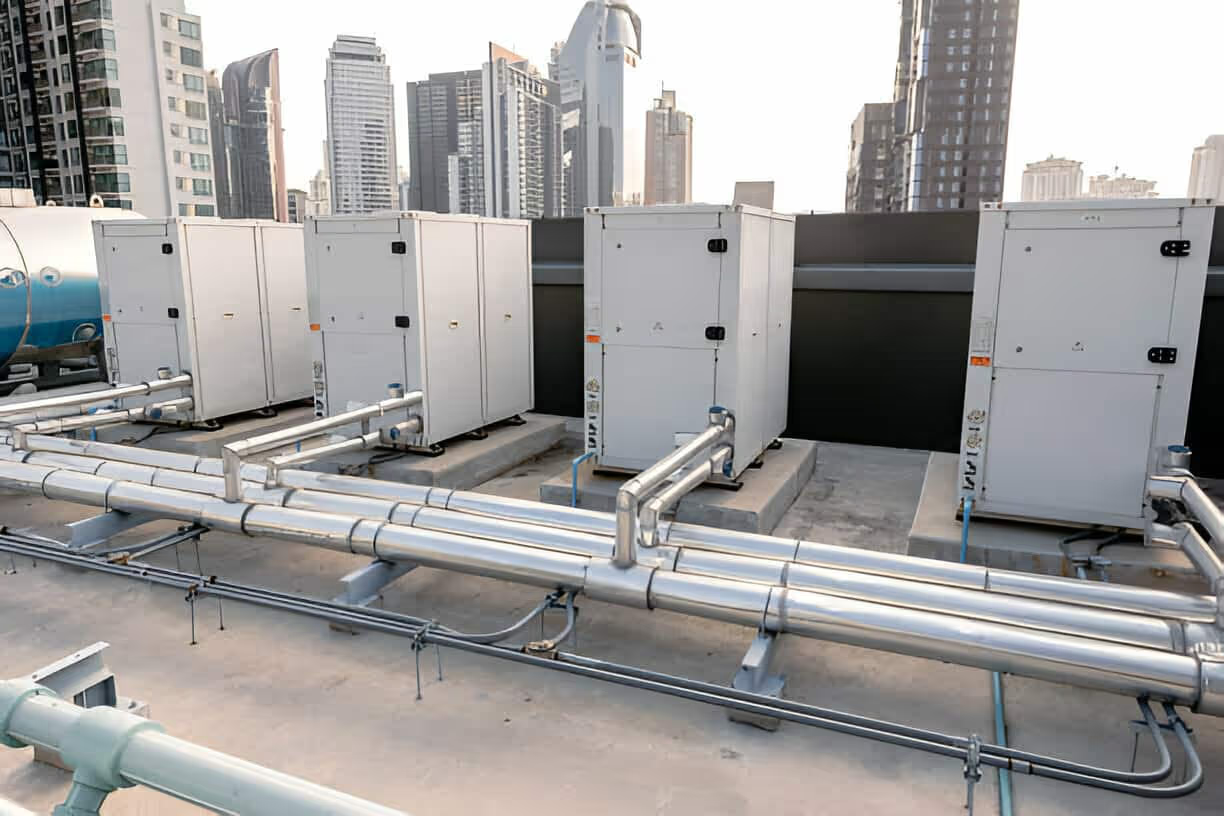5 hvac Troubleshooting Tips That Every Homeowner Should Know?

Empower Your Home: Essential HVAC Troubleshooting Tips for Homeowners
As a homeowner, understanding the basics of your HVAC system isn't just smart—it's essential for maintaining comfort and potentially saving hundreds on service calls. This category provides a curated collection of practical, easy-to-follow HVAC troubleshooting tips designed specifically for you. Dive in to learn how to identify common heating and cooling issues, perform quick fixes, and confidently decide when it's time to call in the professionals.

Why Every Homeowner Needs These HVAC Insights
Your home's heating, ventilation, and air conditioning system works tirelessly to keep you comfortable year-round. But when problems arise, they can cause stress, discomfort, and unexpected expenses. Our expert-vetted tips empower you to take control. By familiarizing yourself with these fundamental DIY HVAC repair strategies, you can often diagnose minor issues yourself, improve system efficiency, extend its lifespan, and avoid unnecessary service fees. It’s about building confidence and ensuring your home remains a sanctuary, no matter the season.
Dive Into Our Top 5 HVAC Troubleshooting Tips
We've compiled the most critical checks and simple solutions for everyday common HVAC problems. Each tip comes with clear guidance to help you keep your system running smoothly.
Check Your Air Filter Regularly
One of the simplest yet most impactful maintenance tasks is regularly checking and replacing your HVAC air filter. A clogged filter restricts airflow, forcing your system to work harder, leading to higher energy bills, reduced efficiency, and potential system damage. Learn how to inspect your filter, understand different MERV ratings, and discover our selection of high-performance replacement filters.
- Action: Inspect monthly, replace every 1-3 months.
- Recommended: Explore our range of compatible HVAC air filters for all major brands.
Inspect Your Thermostat Settings
Often, what seems like a major system malfunction is simply an incorrect thermostat setting. Ensure your thermostat is set to the correct mode (heat/cool), desired temperature, and that the fan is on "auto" or "on" as needed. Check batteries if it's a non-wired unit. We'll guide you through common thermostat pitfalls and how to optimize your settings for maximum comfort and efficiency.
- Action: Verify mode, temperature, and fan settings. Check for fresh batteries.
- Recommended: Consider upgrading to a smart thermostat for enhanced control and energy savings.
Clear the Area Around Your Outdoor Unit
Your outdoor condenser unit needs clear space to dissipate heat effectively. Blocked airflow from overgrown shrubs, leaves, or debris significantly hampers its performance, especially for your air conditioner not working properly. Learn how to safely clear the area and gently clean your unit's fins to ensure optimal operation.
- Action: Maintain at least two feet of clear space around the unit.
- Recommended: Discover safe outdoor unit cleaning tools to gently remove debris and maintain airflow.
Examine Your Condensate Drain Line for Clogs
Your AC system produces condensate (water) during operation, which drains away through a line. If this line gets clogged with algae or debris, water can back up, often triggering a safety shut-off switch and causing your unit to stop cooling. Understand how to locate and safely clear a clogged condensate drain line.
- Action: Look for standing water around the indoor unit or a drip pan overflow.
- Recommended: Find effective condensate drain line cleaners and preventative treatments to keep your system flowing.
Reset Your HVAC System
Sometimes, an HVAC system just needs a good reboot, similar to your computer. A simple reset can resolve minor electrical glitches or temporary operational hiccups that might be causing your furnace problems or AC to malfunction. We'll show you how to safely perform a system reset at your thermostat and/or circuit breaker.
- Action: Turn off power at the thermostat and/or circuit breaker, wait a few minutes, then restore.
- Important: Always prioritize safety and consult your owner's manual.
When to Call a Professional: Knowing Your Limits
While these HVAC troubleshooting tips can resolve many minor issues, it’s crucial to recognize when a problem is beyond DIY repair. If you detect strange noises, burning smells, refrigerant leaks, or if your system completely fails to operate after performing these checks, it's time to contact a certified technician. We partner with trusted local HVAC service providers who can offer expert diagnostics and comprehensive repairs, ensuring your system runs safely and efficiently.
Equip Yourself: Recommended HVAC Tools & Resources
Being prepared means having the right resources. From high-quality air filters to cleaning supplies and safety equipment, we can help you stock your home maintenance kit. Explore our collection of recommended tools that empower you to perform these troubleshooting steps with confidence and ease.
- Air Filter Subscriptions: Never forget a replacement with our convenient delivery service.
- HVAC Cleaning Kits: Essential for maintaining outdoor units and drain lines.
- Digital Thermometers: To accurately check temperature output from vents.
- Safety Gloves & Goggles: Always prioritize personal safety during maintenance.
Take Control of Your Home Comfort
Empowering yourself with these foundational homeowner HVAC tips not only saves you money but also gives you peace of mind. Regular checks and proactive troubleshooting can prevent small issues from escalating into expensive breakdowns. Explore our full range of resources, essential products, and trusted services to ensure your HVAC system performs optimally, keeping your home comfortable and your energy bills manageable. Start your journey to becoming a more informed and capable homeowner today!
Service Areas


